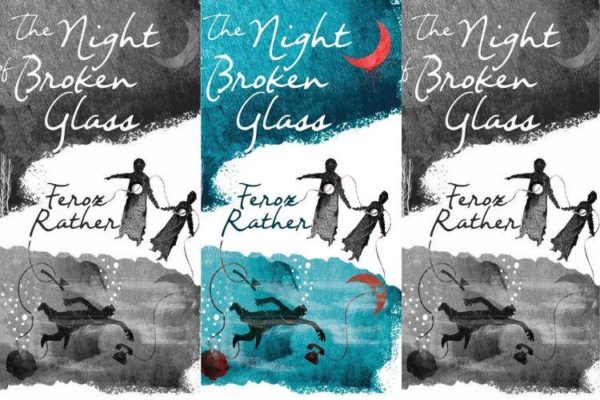In October of 1947, the Maharaja of Kashmir, whose forces had been defeated by an angry Pashtun militia, had no choice but to turn to India for help. India, who had become her own country but a few months ago, accepted, but only under the condition that the Maharaja accedes to India. And thus, Jammu and Kashmir became a part of India.
This (and two more paragraphs from my standard IX history textbook), the Mani Ratnam film Roja and vague readings of newspapers articles on Kargil and more recently, stone pelting, form the length and breadth of my knowledge of Kashmir. It is pitifully insufficient and bears no nuance. I never found myself compelled to read about it either – perhaps it was because of where I was raised and continue to live in. Chennai is very, very far away from Kashmir and nothing dilutes empathy quite like distance.
Feroz Rather’s stunning fiction debut, The Night Of Broken Glass, changed that for me. Rather’s book is a collection of stories, thirteen to be precise, that come together to form a larger story – one of brutality, terror and the effects of trauma that have seeped into the daily lives of Kashmiris.
Rather’s prose is full of imagery, both scenic and violent. His descriptions of the landscape of Kashmir, dripping with beauty are juxtaposed by equally vivid descriptions of the cruelty that has been inflicted on it. The very first story, The Old Man in The Cottage, is about an anonymous narrator who is seeking revenge on a police officer who inflicted unspeakable cruelties on him. When he finally finds him, the officer is weak, stripped of his power by disease. Rather, who writes this story in first person, articulates violence with honesty and calm, creating a chilling atmosphere that sets the tone for the rest of the book.
There are many characters who walk in and out of the stories – ordinary individuals living ordinary lives, shopkeepers, students, journalists, cowherds, until one day their lives too, become a sensational news story or a statistic. Rather’s most memorable character is Major S, a barbaric army officer who seemingly derives joy from torture, but even he must contend with his own demons. The Nightmares of Major S is not a story that you will forget easily.
There were times, initially, when I felt that the book was a little narrow in its view of the valley, for it doesn’t have the weight of a single character to root for or a backstory to justify the need for aazadi. But that, I realised as I progressed further in the book, was a function of my own ignorance. The Pheran, which is Rather’s second story in the book, deals with a young man who is shot by police officers, simply for stopping on a guarded bridge for a few extra seconds. The story moved me, but I will confess that I thought it was very, for the lack of a better word, fictional. However, only last week, a young man was shot dead in Jammu by the Chief Minister’s security guards for allegedly crashing his vehicle into the gate. Perhaps it was an attack, perhaps it was an accident – as I write this, we do not know what exactly happened, other than that a boy and his dreams are now dead.
The Night Of Broken Glass, is an essential read, not for its hauntingly lyrical prose or its bewitching grip on the reader, but because it will give you perspective. Perspective, of how easy it is for those of us, who live far, far away from the violence, to pass judgement on the people of Kashmir for whom brutality is as present and as pervading the air around them because the fact is that we do not know anything about their lives or their histories. Anything.



Leave a reply